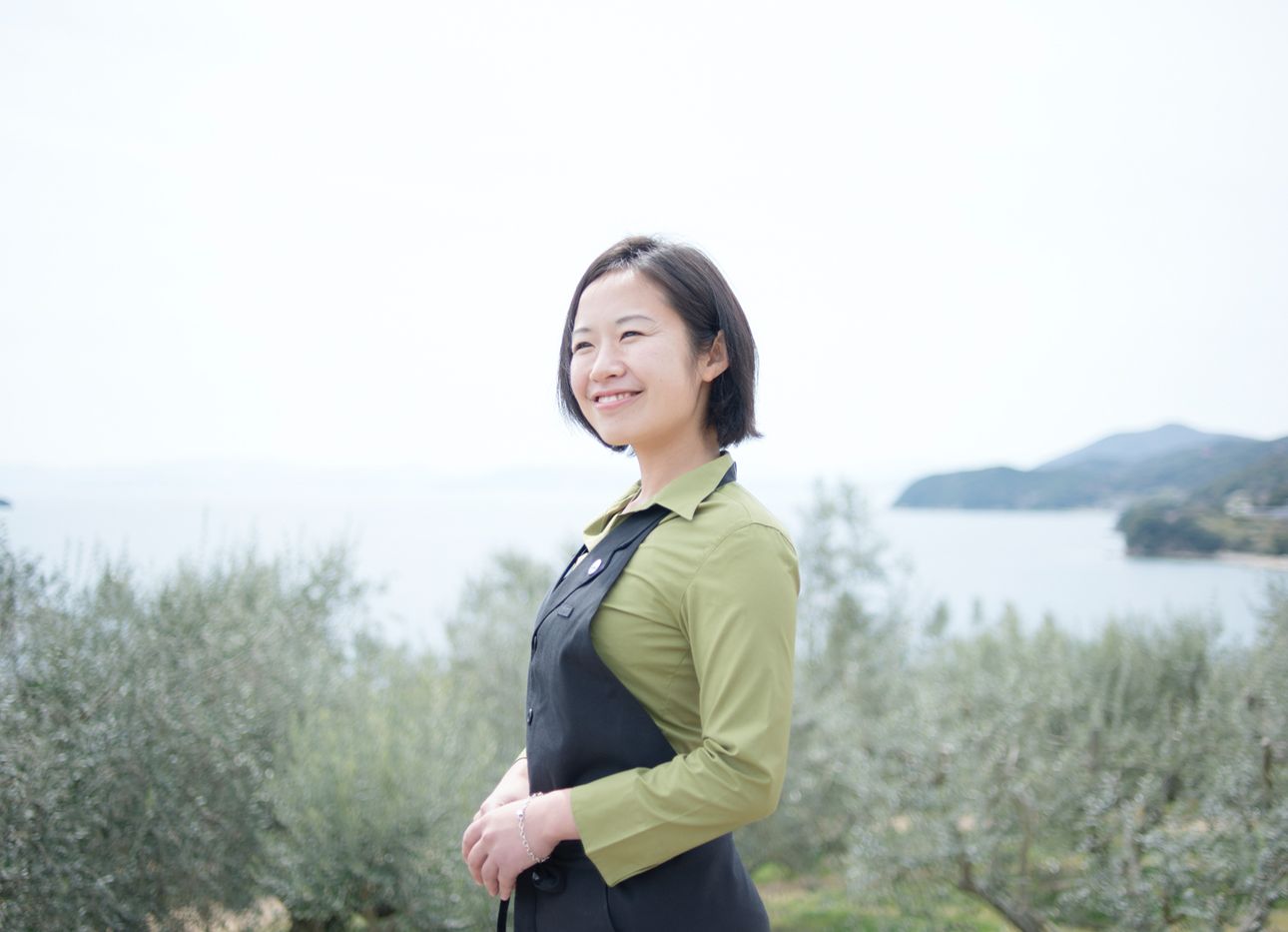
Meet Keiko Kuroshima, Japan’s First Female Soy Sauce Sommelier
Japan is home to only a handful of soy sauce sommeliers—certified inspectors who regularly visit breweries and report on their products—and Keiko Kuroshima is the first and only woman, so far, to earn the title. She was born and raised in Shodoshima, an island in Japan’s Seto Inland Sea that has been a major soy sauce production hub for centuries, thanks in part to its flourishing salt and shipping industries and close proximity to trading ports, where manufacturers could easily obtain soybeans and wheat to make the condiment, and export it to surrounding areas. (During the Meiji era, in the second half of the 19th century, Kuroshima says the area was home to as many as 400 breweries; around 20 remain today.)
A desire to learn more about her roots drew Kuroshima back to her hometown after moving away for college. By interviewing local residents and researching the region’s heritage, she discovered a rich soy sauce tradition and, in 2009, decided to dedicate her career to raising awareness about the diverse savors, brewing methods, and artisans behind the kitchen staple. Here, Kuroshima explains why Shodoshima’s full-bodied soy sauce—typically made with a multi-year fermentation process that takes place inside wood barrels as opposed to stainless-steel vats, which produce a thin, salty liquid in a fraction of the time—has a distinct tang, and how to select a variety that’s right for you.
“When I left Shodoshima to go to university, I thought I’d never come back. I found life in the countryside boring and stifling. But that was because I was unaware of the island’s beautiful intricacies: its culture, nature, and food.
I was surprised to learn about the nuances of the industry when I visited soy sauce breweries for the first time. Soy sauce from Shodoshima tastes different from other versions because it’s produced in wood barrels, which [have millions of microbes in the wood grain that deepen and enhance the umami flavor] as it ferments. Each brewery has its own individual savor. In addition, most of the soy sauce that’s made this way uses Japanese soybeans and wheat, a minimum amount of ingredients, and no chemical seasonings, producing a [complex, nuanced flavor]. This kind of soy sauce accounts for about one percent of the total production in Japan, of which about a third is from Shodoshima.
My job is akin to searching for local treasures. People won’t buy soy sauces they don’t know about. When choosing at the store, most select their soy sauce based on price, not taste or any other characteristic. So part of my work involves leading workshops, where I talk about the best soy sauces and how to use them. I ask participants to examine each type’s color, take in the aroma, and relish the flavor, noticing the differences in fresh soy sauce and oxidized soy sauce, in which prolonged exposure to oxygen [diminishes its taste and character].
I’m convinced that there’s no such thing as the ‘best brewer’ or the ‘worst brewer,’ as each soy sauce is its own kind. It’s not uncommon for the thoughts and values of the brewer to show up in the flavor, so as a customer, it’s easy to create a connection with breweries whose philosophies align with yours.”